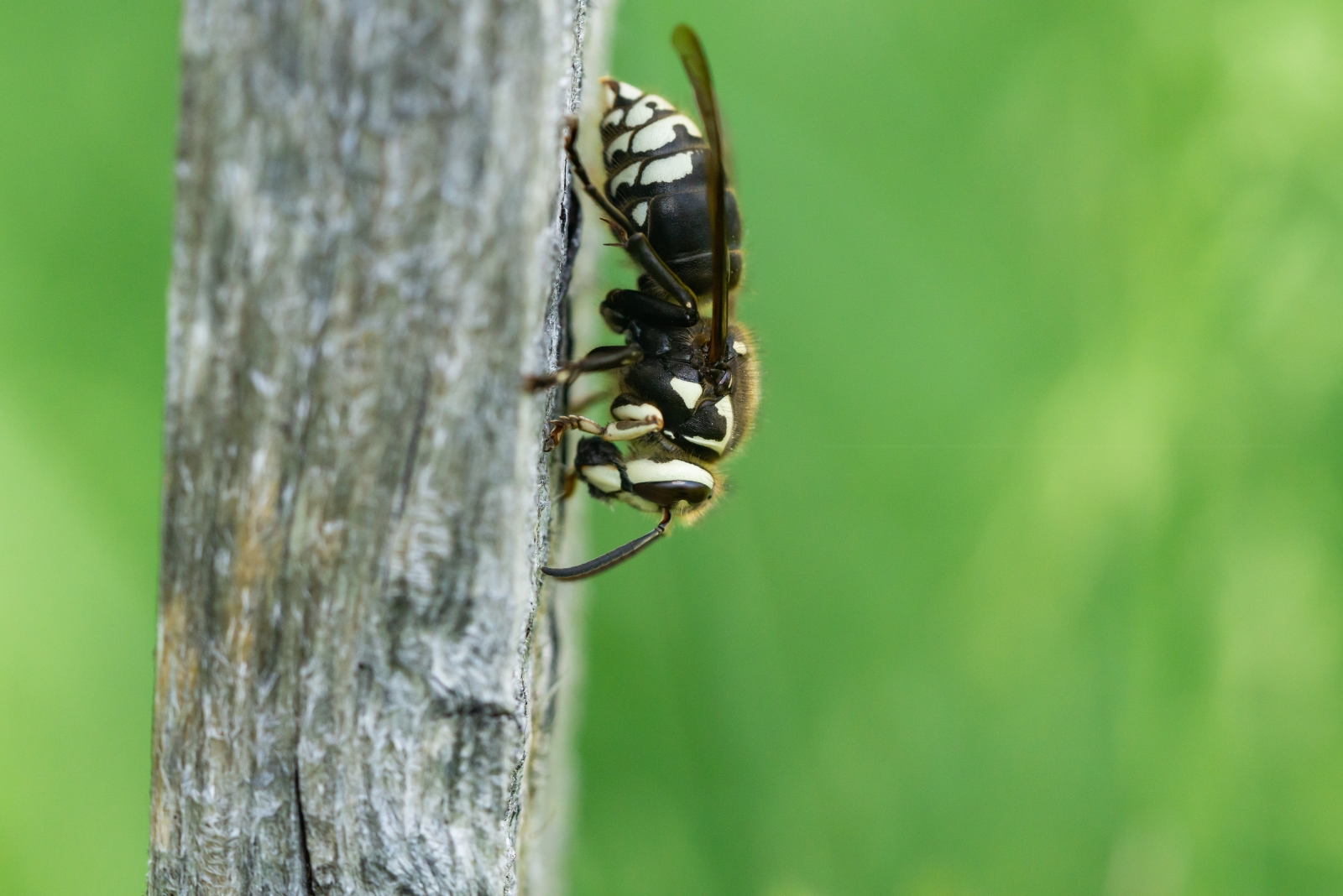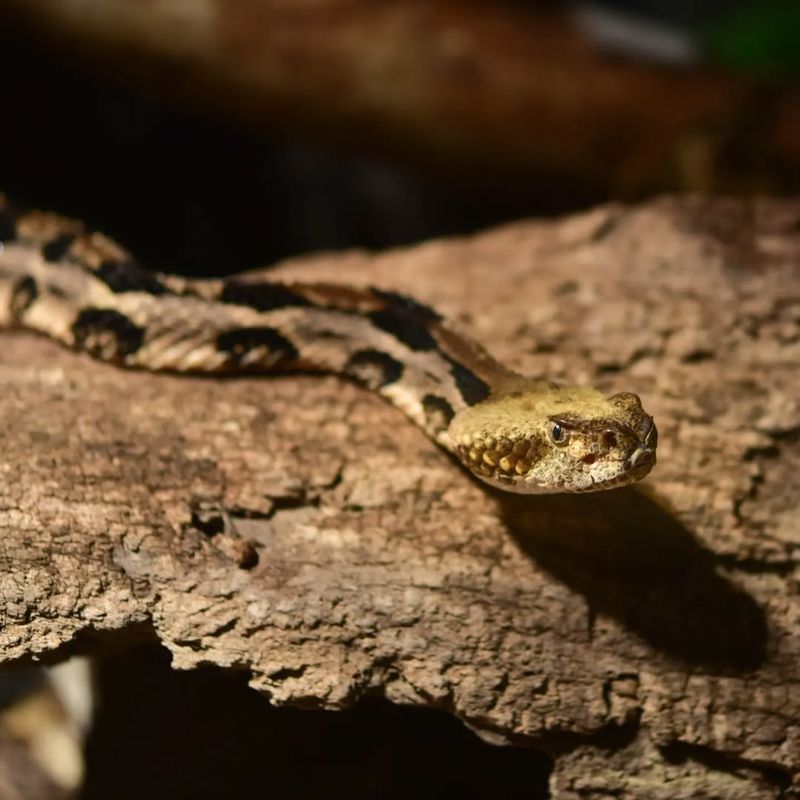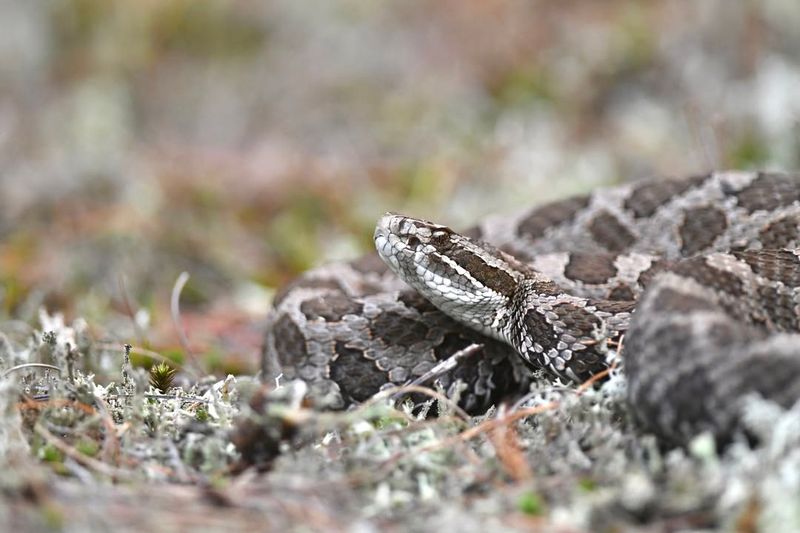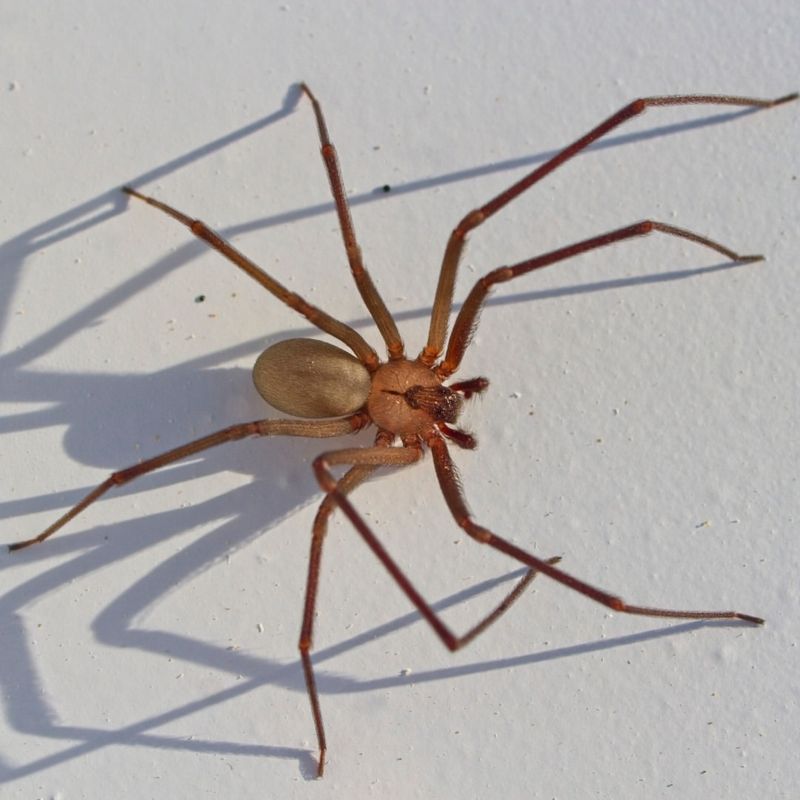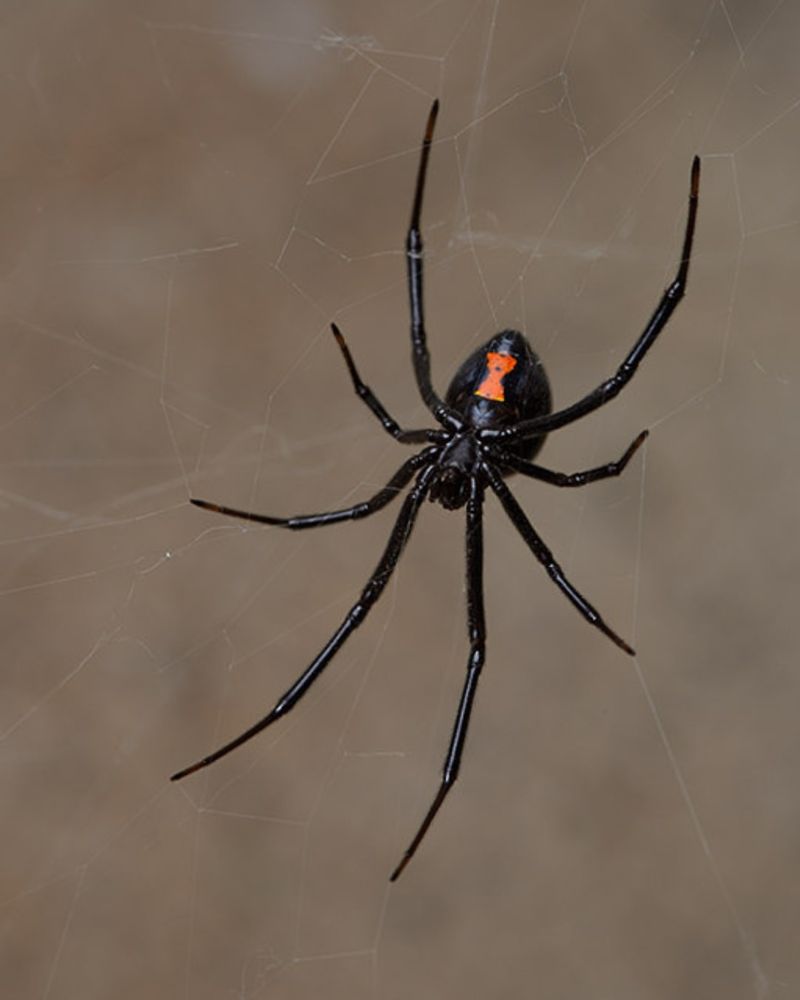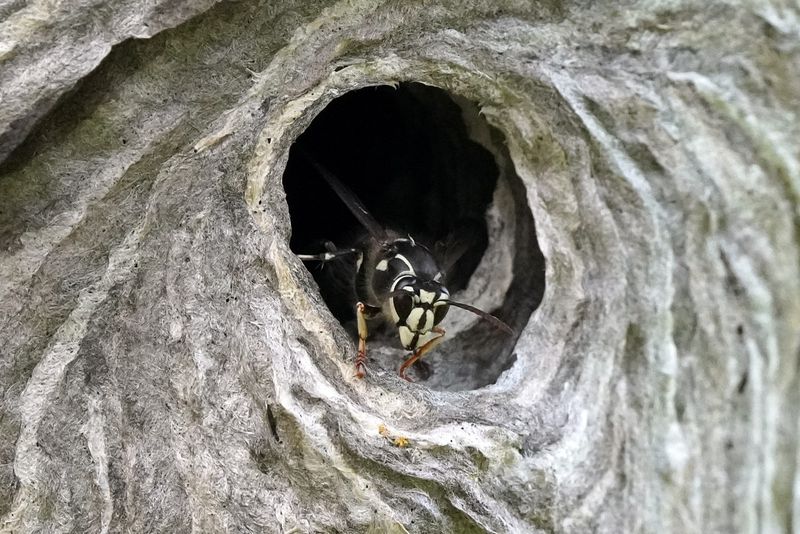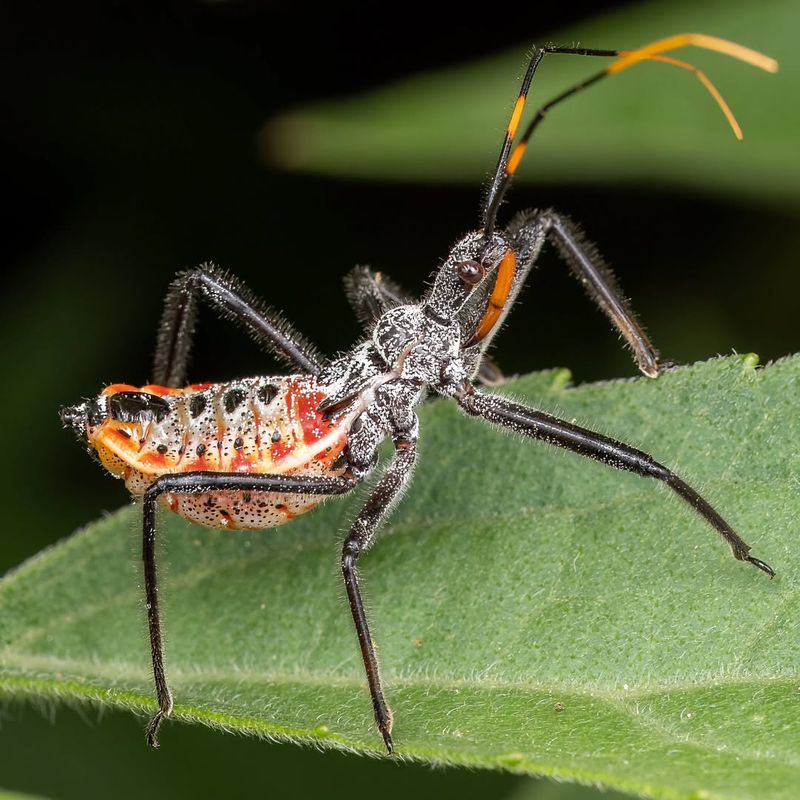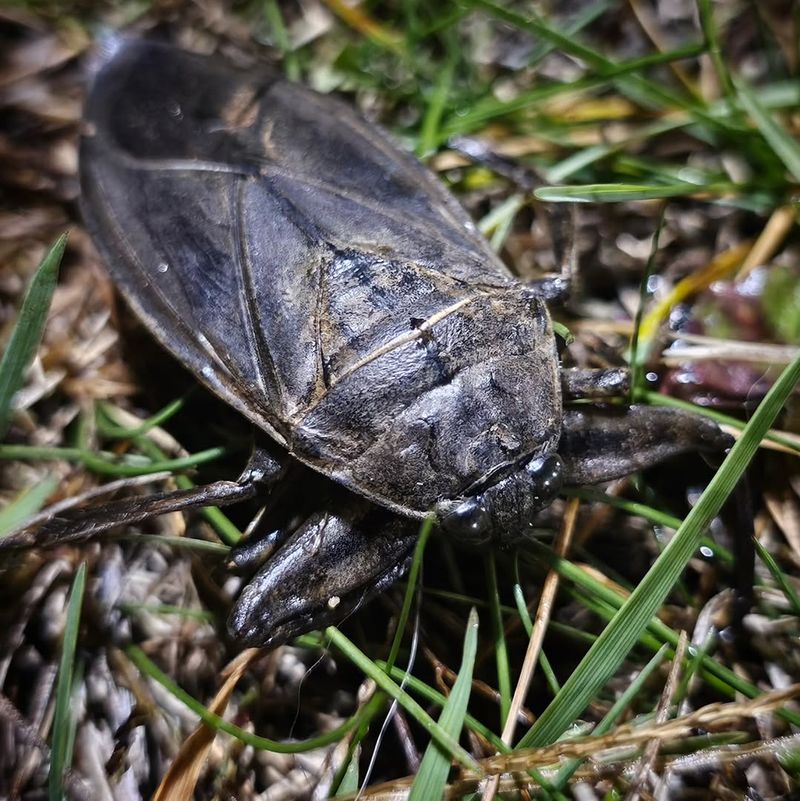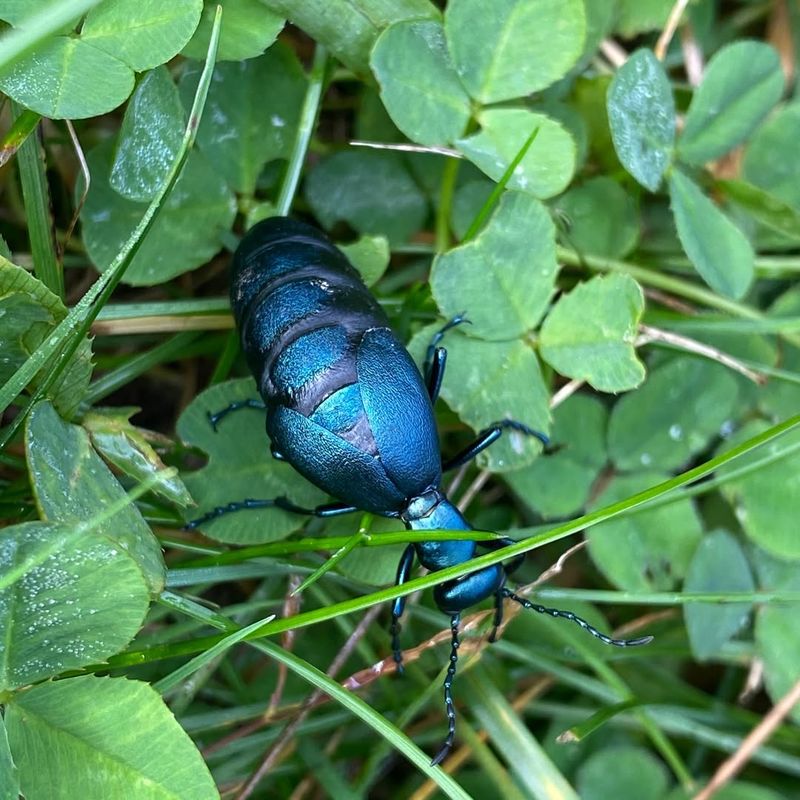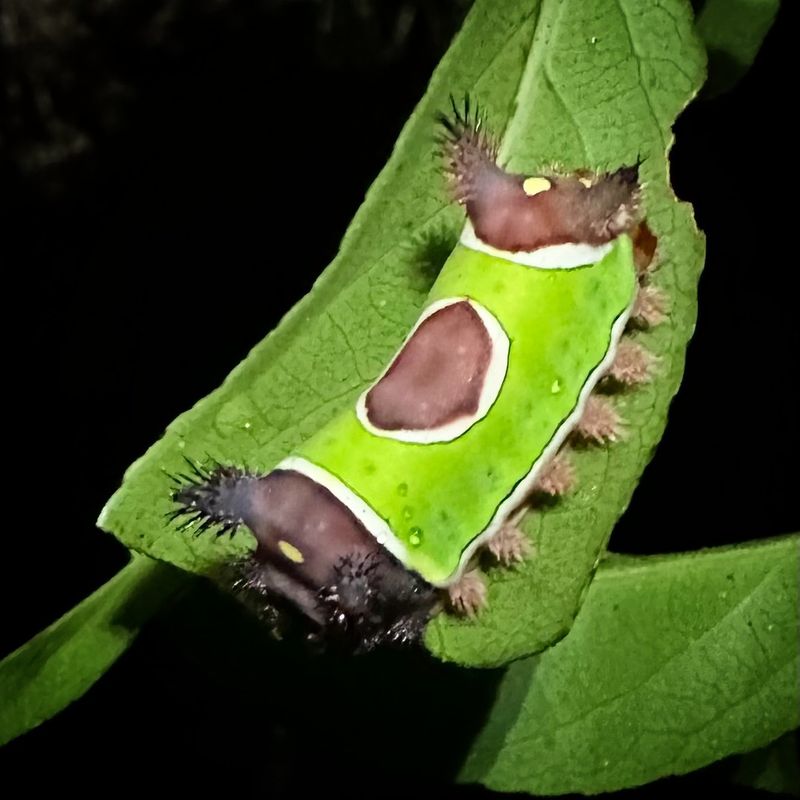Iowa’s fields, rivers, and wooded edges are full of wildlife, but not every creature is as harmless as it looks. A few species across the state carry venom that can cause real trouble for pets, hikers, gardeners, and anyone who spends time outdoors.
Most prefer to be left alone, yet knowing who they are—and where you’re most likely to encounter them—goes a long way in avoiding unwanted run-ins. These are 10 venomous creatures in Iowa worth keeping on your radar.
1. Timber Rattlesnake
Spotting one of Iowa’s only venomous snakes can be startling, but timber rattlesnakes usually prefer to avoid people. Found mainly in eastern Iowa’s bluffs and forests, they have brown and black patterns with a distinctive rattle.
If you hear that buzzing sound, freeze and slowly back away. Never try to catch or kill one, as most bites happen when people get too close. Give them space and they will leave you alone.
2. Massasauga Rattlesnake
Much smaller than its timber cousin, the massasauga prefers wet prairies and marshes. Gray-brown with dark blotches, this shy rattler is extremely rare in Iowa and considered threatened.
You might never encounter one since they hide in tall grass and avoid open areas. Their venom is less potent than other rattlesnakes, but medical attention is still necessary if bitten. Protecting wetland habitats helps these endangered snakes survive in our state.
3. Brown Recluse Spider
With a violin-shaped mark on its back, the brown recluse is one spider you do not want to mess with. Found in dark, undisturbed places like basements, closets, and woodpiles, they rarely bite unless threatened.
Their venom can cause serious skin damage that takes months to heal. Always shake out shoes and clothing left on the floor. Wearing gloves when moving boxes or reaching into storage areas is smart prevention.
4. Black Widow Spider
Shiny black with a red hourglass underneath, female black widows pack a powerful punch. Males are harmless and much smaller, but females defend their egg sacs aggressively.
Look for them in garages, sheds, and outdoor furniture where they build messy, irregular webs. Their neurotoxic venom causes severe muscle pain and cramps. If bitten, seek medical help immediately, especially for children or elderly family members who are more vulnerable to complications.
5. Bald-Faced Hornet
Actually a type of wasp, bald-faced hornets build those large, gray paper nests you see hanging from Iowa trees. Black with white facial markings, they are extremely protective of their colonies.
Getting too close triggers aggressive attacks from multiple hornets at once. Each one can sting repeatedly, injecting venom that causes intense pain and swelling. Avoid mowing or trimming near nests, and call professionals for removal rather than attempting it yourself.
6. Yellow Jacket
Those aggressive insects buzzing around your soda can at picnics are likely yellow jackets. Bright yellow and black stripes make them easy to recognize, and their bad tempers make them hard to ignore.
Unlike honeybees, they can sting multiple times without dying. Ground nests hidden in lawns cause accidental encounters when people mow over them. Stay calm if one approaches, avoid swatting, and slowly move away from the area.
7. Wheel Bug
Looking like something from a science fiction movie, wheel bugs have a distinctive cogwheel ridge on their backs. As assassin bugs, they hunt other insects and rarely bother humans.
However, if you handle one carelessly, their bite is incredibly painful—worse than a wasp sting, some say. The venom liquefies prey insects but causes burning pain and numbness in people. Admire these beneficial predators from a distance and never pick them up, even if they seem slow-moving.
8. Giant Water Bug
Called toe-biters for good reason, these aquatic insects can reach two inches long and deliver a memorable bite. Living in Iowa ponds and slow streams, they hunt fish, tadpoles, and anything else they can grab.
Their digestive enzymes injected through a bite cause immediate, intense pain. Wearing water shoes while wading protects your feet. Despite their intimidating appearance and defensive capabilities, they are important predators that help control mosquito larvae populations.
9. Blister Beetle
Various species of blister beetles roam Iowa gardens and farm fields throughout summer. Their defense mechanism is unusual—they secrete a chemical called cantharidin that causes painful blisters on skin.
Even crushing one accidentally on your arm creates welts and burns. Horses can die from eating hay contaminated with these beetles. Never handle them with bare hands, and teach children to observe insects without touching. Washing the affected area immediately reduces blister severity considerably.
10. Saddleback Caterpillar
Bright green with a brown saddle-shaped mark, this caterpillar looks harmless but packs venomous spines. Found on various Iowa trees and shrubs, they cause instant burning pain when touched.
The hollow spines break off in skin and release toxin, creating welts and nausea. Children often grab them out of curiosity, so teach the golden rule: look but never touch colorful caterpillars. Applying tape to remove spines and ice for swelling helps until the pain subsides naturally.

